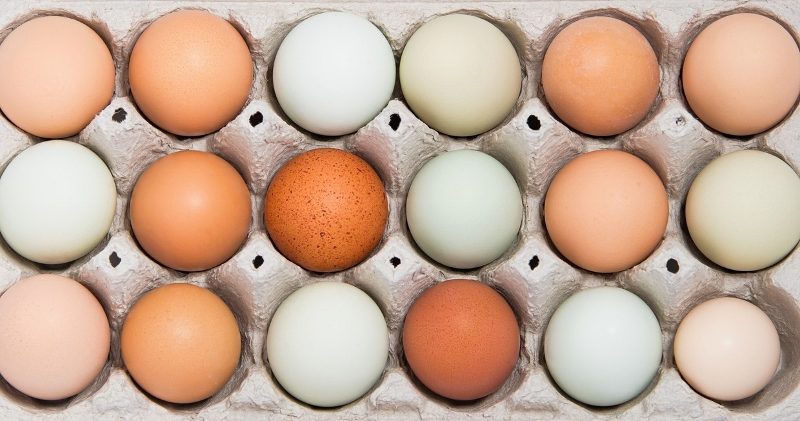When wanting to learn about egg production, it is important one understands the basic mechanics of how an egg is actually formed first before you embark on this journey. They are formed in layers starting from the inside, with the yolk forming in the hen’s ovary. When the yolk reaches the right size, it is released into the funnel named the infundibulum where, if live sperm are present, it will be fertilized. Then it is released in to the oviduct, where the rest of the egg will form.
In its journey through the oviduct, the next layer to be added is the egg white (albumen). This layer takes about three hours to form. The next layer to be added in the oviduct is the shell membrane. This takes about 1,25 hours. It is a very thin layer between the egg white and the shell, and is semi-transparent like tissue paper. The egg then reaches the hen’s uterus, also known as the shell gland. This is where the shell is added to the egg. The shell is also formed in layers over the course of 19 hours, where pigment is also added.
All egg shells begin as white. Once this process is complete, the egg passes through the vagina and is laid by the hen. This final process takes less than a minute.
Why, and how, therefore, are there different coloured eggs?

Different breeds lay different coloured eggs. A Leghorn lays a white egg, while a Potch Koekoek lays pale brown eggs. There are various shades of brown eggs and some Australorps lay pink eggs. There are even breeds, such as the Ameraucana, that lay blue eggs.
Within a breed, too, hens can lay eggs darker or lighter than the average, depending on whether they produce more or less of the pigment that goes on the shell. The egg might also pass quicker through the shell gland, resulting in a paler colour.
Chickens that lay brown tinted eggs deposit the pigment protoporphyrin on the eggs late in the process of forming the shell. The blue colour is created by oocyanin. Unlike the brown pigment, the blue pigment goes right through the shell. So blue eggs are blue inside and out.
Speckled eggshells occur when the egg rotates too slowly during the pigmenting stage. Interestingly, a hen with white ear lobes will lay white eggs.
There are some strange views surrounding egg colour. Some people think that brown eggs are healthier to eat than white eggs. In fact, the colour of the shell does not affect the quality of the contents of the egg.
The Importance of Diet
What the hen eats will not make a difference to the colour of the egg shell, although it might affect the colour of the yolk. Hens fed yellow mealies will lay yellower yolks than those fed on sorghum, for example.
Either way, a chicken needs a nutritionally balanced diet to consistently produce well-formed eggs. If the hen does not get the right amount of energy, protein or calcium, she will lay fewer eggs or stop laying altogether.
A diet of a good layer mash or pellets can be supplemented with the occasional fresh fruit, some vegetables, meal worms and other healthy treats. This is particularly true if the hens are not free range.
This is part one of a five-part series on egg production. To ensure you don’t miss out on the rest of the series, subscribe here to receive our Feature Newsletter at the end of the series.
Part two: Choosing the best chickens for eggs
Part three: How to start an egg business
Part four: Implementing biosecurity in egg production
Part five: How to store eggs for the best shelf life

